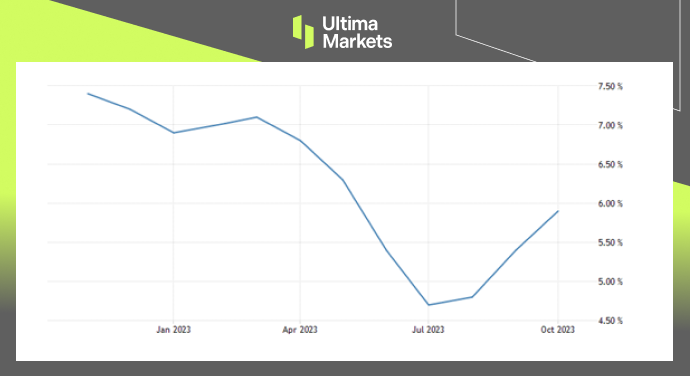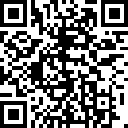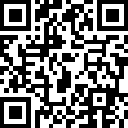You are visiting the website that is operated by Ultima Markets Ltd, a licensed investment firm by the Financial Services Commission “FSC” of Mauritius, under license number GB 23201593. Please be advised that Ultima Markets Ltd does not have legal entities in the European Union.
If you wish to open an account in an EU investment firm and protected by EU laws, you will be redirected to Ultima Markets Cyprus Ltd (the “CIF”), a Cyprus investment firm duly licensed and regulated by the Cyprus Securities and Exchange Commission with license number 426/23.
Surging Inflation Sparks Concerns in South Africa, Reaches Five-Month High
TOPICSTags: South Africa, USDZAR
Inflation Rate Peaks in South Africa: A Detailed Exploration
In October, South Africa witnessed a significant uptick in its inflation rate, scaling new heights at 5.9%. This surge, nearing the upper limit of the South African Reserve Bank’s targeted range, can be attributed to multiple factors.
Notably, elevations in food, transport, healthcare, and expenses related to restaurants and hotels played pivotal roles in propelling inflation to this five-month pinnacle.

(Inflation Rate, Statistics South Africa)
Economic Outlook and Influential Factors
South African Reserve Bank’s Targeted Scope
The inflationary surge brings into focus the critical role of the South African Reserve Bank (SARB) in managing economic stability. As inflation approaches the upper limit of the SARB’s targeted scope, concerns arise about the potential impact on interest rates and the overall economic outlook.
Analyzing Core Inflation Trends
While the overall inflation rate surged, core inflation, excluding volatile components like food and energy, took a divergent path. Core inflation witnessed a dip to a 14-month low, registering at 4.4%. This nuanced perspective sheds light on the underlying dynamics of inflation, highlighting the impact of specific sectors on the overall economic landscape.
Factors Influencing Exchange Rates and Interest Rates
South African Rand’s Response
Despite the weakening of the US dollar, the South African rand faced downward pressure, trading modestly lower around 18.5 ZAR per USD. Investors, attuned to signals of easing inflation, grappled with the prospect of interest rate cuts in 2024.
The delicate dance between the rand exchange rate and consumer inflation becomes a focal point for the South African Reserve Bank’s policy decisions.

(USD/ZAR One-month Chart)
SARB’s Policy Verdict
Anticipation looms over the upcoming South African Reserve Bank policy verdict, with analysts divided on the potential outcomes. A hawkish on-hold move is a prevailing prediction, considering the bank’s cautious approach in the face of inflation risks.
The decision to maintain rates at 8.25%/year in both the July and September monetary policy council gatherings underscores the SARB’s commitment to navigating economic uncertainties prudently.
ทําไมต้องซื้อขายโลหะมีค่าและสินค้าโภคภัณฑ์กับ Ultima Markets?
Ultima Markets ให้บริการด้วยต้นทุนที่เหมาะสมแข่งขันได้ในสภาพแวดล้อมการซื้อขายที่ดีที่สุดสำหรับสินค้าที่เป็นที่นิยมแพร่หลายทั่วโลก
เริ่มการซื้อขายตรวจสอบความเป็นไปของตลาด
ตลาดมีความอ่อนไหวต่อการเปลี่ยนแปลงของอุปสงค์และอุปทาน
ดึงดูดนักลงทุนที่สนใจเฉพาะการเก็งกําไรราคา
สภาพคล่องที่สูงและหลากหลายโดยไม่มีค่าธรรมเนียมแอบแฝง
ไม่มี dealing desk และไม่มี requotes
การดําเนินการที่รวดเร็วผ่านเซิร์ฟเวอร์ Equinix NY4














